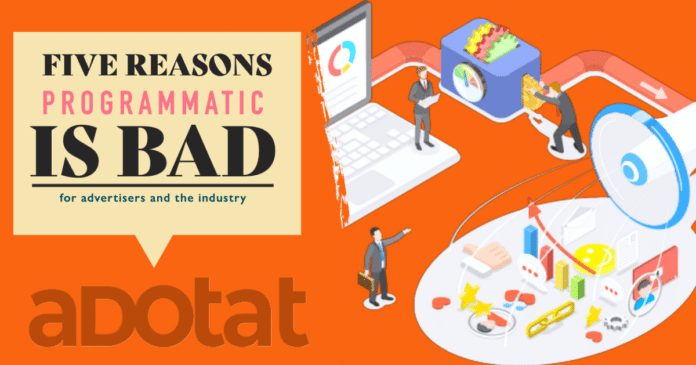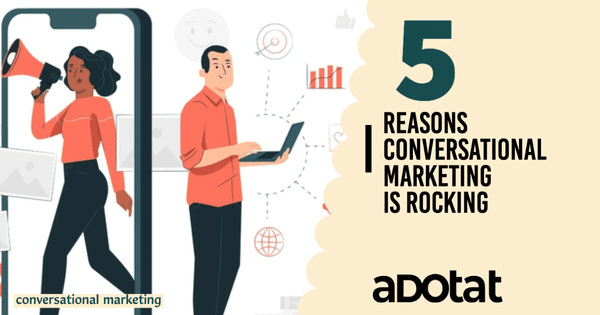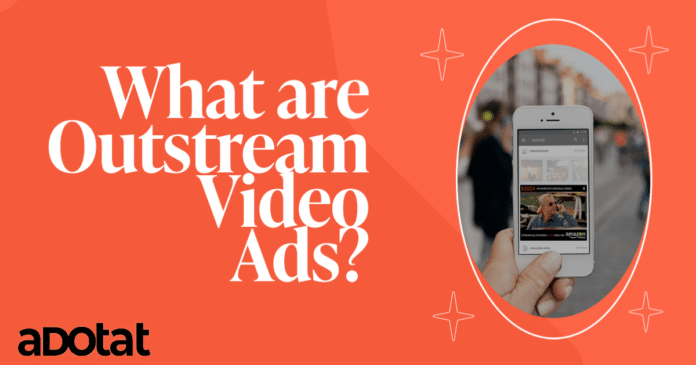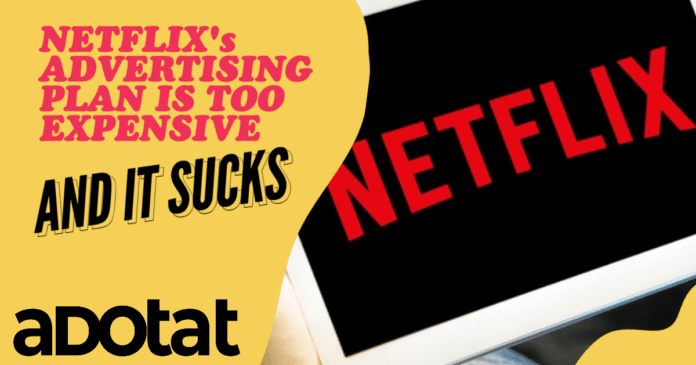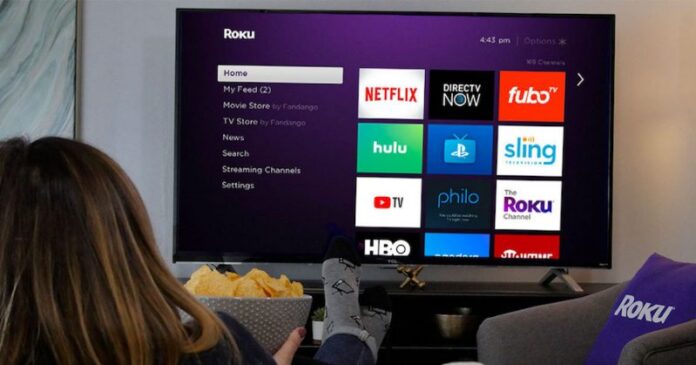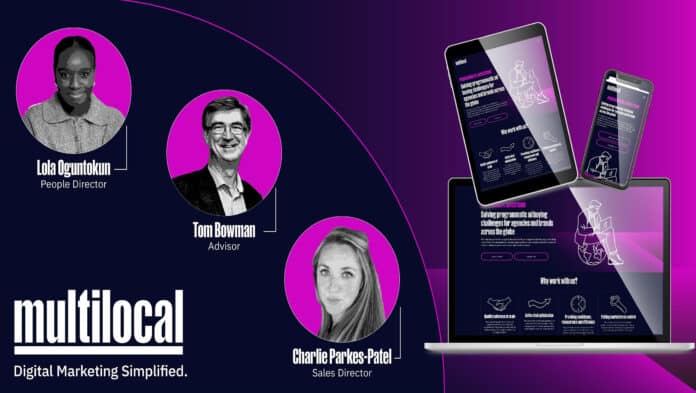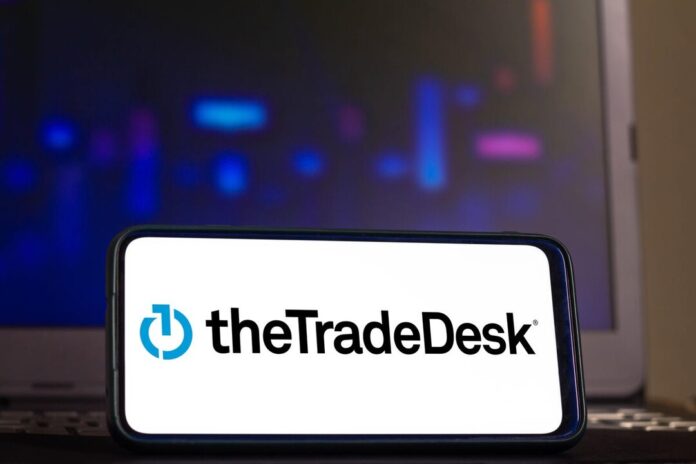Providers beware.
The Federal Trade Commission and state attorneys general continue to aggressive investigate and enforce legal regulations relating to offers for business coaching services and work-at-home opportunities.
Without a doubt, there are various red flags that will almost always draw the attention of regulatory agencies. For example:
- Express or implied representations about guaranteed income
- Express or implied representations about large returns
- Express or implied representations about a “proven system”
- Express or implied representations about depositing checks
- Statements about being your boss
- Statements about learning from experts, coaches or mentors
- Misleading consumers about the experience of “coaches,” “experts” or “mentors,” and/or misleading consumers about them when they are really just commissioned salespeople
- Statements about making money with little time, effort or experience
- Statements concerning recruiting more people to make big money
- Claims that a detailed understanding of the business is not required
- Free or low-cost “systems” to get a business started that eventually turn into significant expenditures
- Promises that are not delivered upon
- Tiered memberships with different service levels and price points
- Failing to make material disclosures, up-front, such as costs and/or that buyers will have to work a lot of hours without pay
- Informing consumers, after they pay, that in order to succeed they will have to pay more for additional services
Leading consumers to believe that they will be provided with useful, valuable and/or proprietary business information to help them earn money that is – in reality – freely available online can also land promoters in hot water.
If a significant number of consumers that have enrolled in such programs have not, in fact, achieved a functional online business or earned revenue (winding up in debt), state and/or federal regulators may be very interested.
Also, beware of the Business Opportunity Rule
The FTC’s Business Opportunity Rule requires those that offer commercial arrangements where a seller solicits a prospective buyer to enter into a new business, the prospective purchaser makes a required payment, and the seller – expressly or by implication – makes certain kinds of claims. For example, opportunities where a seller says it will help the buyer set up or run the business.
Also, various states have their own legal regulations that govern coaching services and work-at-home business opportunities. Always disclose the total cost of a work-at-home program, including supplies, equipment and membership fees. Never disregard the assessment of whether various state laws may apply because they may have their own requirements, such as registration and disclosures.
Consult an FTC CID lawyer in order to determine if the Business Opportunity Rule applies to the offer that you are promoting. If the offer does, in fact, fall within the BOR, the buyer must be provided with a Disclosure Document within seven days of a buyer signing a contract or pays any money for the business opportunity.
The Disclosure Document is a standard form, and must provide the company name, business address, phone number, the sales person’s name and the date the document was provided to the prospective buyer. The Disclosure Document must also disclose whether the company or certain key personnel have been the subject of civil or criminal actions involving misrepresentation, fraud, violation of the securities laws, or any unfair or deceptive practices – including violation of any FTC rule – within the past ten years. If the answer is yes, the seller must attach a list of the actions to the Disclosure Document.
The Disclosure Document must also address any cancellation or refund policy. If the seller has a cancellation or refund policy, a description must be attached to the Disclosure Document.
The seller is also required to provide contact information for at least ten people that have purchased a business opportunity from the seller. If more than ten people have purchased a business opportunity, the seller may list the ten that live closest to the prospective buyer. If fewer than ten people have purchased one, the seller must list everyone. The seller must update the list every month, until ten people have purchased.
The Disclosure Document must also say clearly and conspicuously: “If you buy a business opportunity from the seller, your contact information can be disclosed in the future to other buyers.” The prospective buyer has to sign, date and return the Disclosure Document to the seller, and the seller must ensure that it has attached any other documents required by the Business Opportunity Rule. The Disclosure Document must be updated quarterly and if a business opportunity is marketed in a language other than English, the Disclosure Document – along with the required disclosures – must be in that language.
Beware of earnings claims.
If a seller makes express or implied claims about how much money a person can earn from a business opportunity, the seller is required to put the claim(s) in writing. It is unlawful to make earnings claims unless there exists reasonable evidence that substantiate such representations. The seller is required to make such materials available to a prospective buyer or to the FTC if they are requested.
Importantly, if a seller makes an express or implied earnings claim, it must provide the prospective a separate document that clearly says across the top EARNINGS CLAIM STATEMENT REQUIRED BY LAW. The Earnings Claim Statement must set forth who is making the claim and the date, the specifics of the claim, the start and end date the purported earnings were achieved, the number and percentage of buyers that got at least that result, any information about the buyers that got those results that might vary from prospective buyers (e.g., where they are located) and a statement that prospective buyers can get written proof for the earnings claims if requested.
Additionally, for earnings claims made online, on TV, in newspapers or in other media, the seller must possess written proof on hand that supports the representations and has to disclose certain information when the claim is made. For example, the start and end date the earnings were achieved and the number and percentage of purchasers that obtained at least that result.
General statements about earnings or statistics must be capable of being appropriately substantiated. Also, if information previously provided by a seller to a prospective buyer in the Earnings Claim Statement substantively changes, the seller is obligated to let the prospective buyer know what those changes are, in writing, before the prospective buyer signs a contract or pays any money. Like the Disclosure Document, if a seller promotes a business opportunity in a language other than English, the Earnings Claim Statement has to be in that language, too.
If a prospective buyer is told something in person, in an email, over the phone, or in any other advertisement or promotion, the seller should ensure that the foregoing do not contradict what is stated in written disclosures, including the Disclosure Document and the Earnings Claim Statement.
The Business Opportunity Rule also requires a seller to keep certain records and make them available to the FTC for three years. For example and without limitation, each buyer’s signed disclosure receipt, all executed written contracts and substantiation supporting earnings claims.
Earnings claims are a regulatory favorite. Beware of testimonials as they can easily constitute unsubstantiated express or implied representations. An experienced FTC compliance lawyer can assist promoters of coaching services and work-at-home opportunities with ensuring that the use of testimonials do not violate applicable legal regulations.
It is unlawful to deceive people expressly or by implication. And, even if what a business opportunity seller says something that is literally truthful, it still could be deceptive in context. For example, a claim can be misleading if relevant information is omitted or if the claim implies something that is not true.
Beware of the Telemarketing Sales Rule
Regulatory agencies have demonstrated that they will also aggressively pursue violations of the Telemarketing Sale Rule. Note that TSR violations come with significant monetary penalties.
Takeaway: The Federal Trade Commission and state attorneys general have been extremely aggressive when it comes to marketers that offer business coaching and work-at-home programs. Particularly, those that promise a great living by working from home, with little effort. Consult an experienced FTC CID attorney to ensure compliance with applicable federal and state legal regulations.
Richard B. Newman is an FTC CID lawyer at Hinch Newman LLP.
Attorney advertising. Informational purposes only. Not legal advice.



